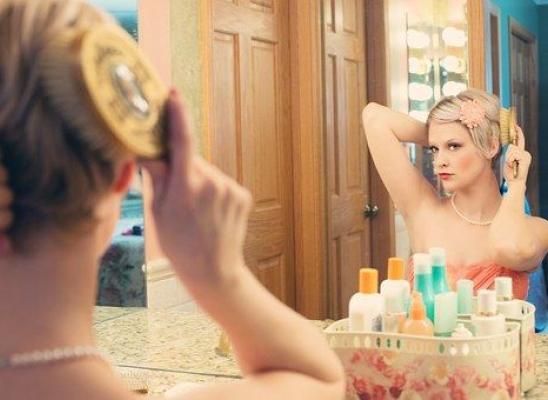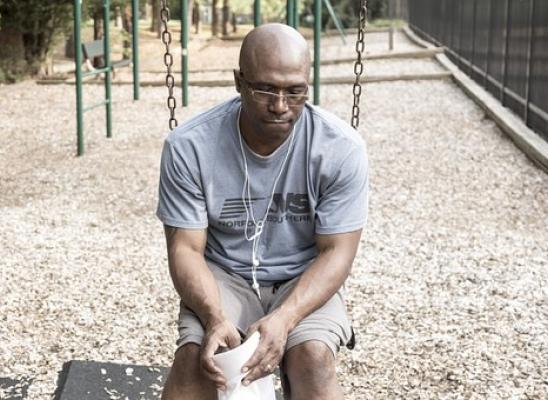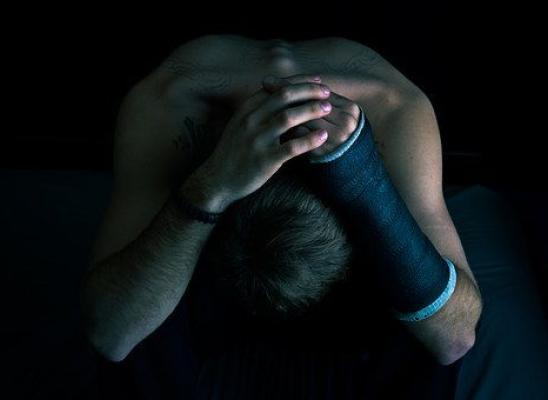What is Rapunzel Syndrome?
Online test
Find out the severity of your symptoms with this free online test
Rapunzel syndrome is the name given to an extremely rare medical condition that arises when a person eats their own hair or hair extensions. The clinical term for the ingestion of hair is trichophagia and can have fatal consequences. As a result of the human body's inability to digest hair, any hair or synthetic fibre such as wool, that is eaten accumulates over time into a mottled, enmeshed mass in the digestive tract, blocking it. Surgery is usually required to remove these hairballs, known as trichobezoars that can cause extreme discomfort and even become life-threatening, resulting in death.
Trichophagia
The condition that compels people to compulsively eat their own hair is known as trichophagia. People with trichophagia eat their own hair, and this usually occurs after they pull it out, and eat the strands, or just the ends of the hair, or the hair shaft, or even just chew at the ends of their own hair. Compulsive hair pulling or trichotillomania, is triggered by a number of varying factors, including stress. A research study on the "Management of trichobezoar: case report and literature view" that appeared in the Pediatric Surgery International journal cites that the incidence of trichobezoars and Rapunzel syndrome are "almost always associated with trichotillomania and trichophagia or other psychiatric disorders."
Why Rapunzel?
Rapunzel syndrome was first described in 1779 by a French doctor, M. Baudamant and it wasfirst recorded in medical literature by Vaughan et al in 1968. According to research there are over 100 reported cases of this condition in medical literature. If you find that you are pulling out your hair and eating it, and you cannot stop; it is very important to seek help as soon as possible. Eating your own hair could be related to an underlying emotional or psychiatric issue such as depression or a reaction to stress factors such as being bullied, moving house, divorce, or physical, emotional or sexual abuse among others - issues that are important to address to live a healthy, happy, fulfilling life. Rapunzel syndrome occurs when a trichobezoar, a large, mottled, unsightly mass is found in the human stomach and it is causing an obstruction in the digestive system, causing great discomfort. It is important to note that bezoars are not limited to hair only. A bezoar can consist of other matter, such as indigestible plant materials known as phytobezaor that is seen in people who do not have a well functioning digestive system and reduced gastric motility, and milk curd, known as lactobezoar that is usually found in infants who eat formula based foods. Interestingly, other forms of bezoars include medications, tissue paper and tar fungus. The name Rapunzel syndrome is derived from the Brothers Grimm's fairy tale about Rapunzel, the princess trapped in a tower who grew her hair long enough to throw out of the tower's window like a rope so her prince could climb up her hair and rescue her. It is so named because the trichobezoar, when found and removed from the stomach, has a long, rope like tail at its end. This tail like feature differentiates Rapunzuel syndrome from an ordinary trichobezoar that does not have a tail. When diagnosed, a Rapunzel syndrome trichobezoar, when located, is found in the stomach, with the tail in the in the small bowel and/or in the right colon, small or large bowel, obstructing movement. Medical professionals, when they diagnose persons with Rapunzel syndrome, will often look for the signs of trichotillomania or even alopecia on the head to check for signs of hair pulling or baldness. The presence of trichotillomania signs indicates that the patients were possibly eating their own hair.
What causes it?
Ongoing research indicates that Rapunzel syndrome is caused by trichopagia and trichotillomania. According to research, 37,5% of individuals with trichophagia are at risk of developing a trichobezoar while some individuals who have trichillomania develop trichopagia. According to a recent research study, "Rapunzel syndrome in children" published in January 2016 by Ghormallah A, Ghannam AA and Al-Olait Y, it was found that between 5% - 18% of people diagnosed with trichotillomania eat hair.
Trichobezoars range in size and can become very large in size and mass, with some weighing as much as 4kg, if not more, and reaching over 21cm in length. This mass of hair can even take on the shape of the stomach in a single, solid mass. While this potentially life-threatening condition could affect anyone at any age, it is most commonly found in women, children and psychiatric patients who usually have an underlying emotional, psychiatric disturbance and have a history of trichotillomania and trichophagia. It must also be noted that women who crave eating hair during pregnancy or afterwards have been known to develop trichobezoars in their stomach, due to strange cravings for non-food material.
Symptoms and Diagnosis
Rapunzel syndrome can go unnoticed for quite a number of years due to the amount of time it takes for hair to build up into a gigantic mass. This condition can be fatal if it is not detected in time. The condition usually becomes noticeable when a person starts to complain of great discomfort in the abdomen region. Research shows that people diagnosed with a trichobezoar usually show a palpable abdominal mass and experience abdominal pain, nausea and vomiting, weakness and weight loss, constipation or diarrhea, hermatemesis and even anemia. The condition can also be characterized by ulcers, a poor appetite or even loss of appetite, jaundice, pancreatitis and a blockage in the digestive system that shows up on an X-Ray or on a CT scan. An abdominal CT scan can correctly detect the presence of trichobezoars most of the time. Ultrasounds are also used to detect the conditions. Rapunzel syndrome can go undiagnosed for many years, and is usually discovered at a late stage.
Treatment
This condition usually requires surgical intervention in the form of an endoscopy, which is a non-invasive surgical removal of the solid mass, or a surgical gastronomy process. It is very important to ensure that the root causes of Rapunzel syndrome are sufficiently addressed in such a way that the behaviour behind it is corrected. Medical professionals treating Rapunzel syndrome will refer persons diagnosed with Rapunzel syndrome after surgery for counselling with a psychologist or psychiatrist where they will receive psychotherapy sessions and possibly be put on anti-depressant treatment if depression is part of the diagnosis. The psychological treatment of Rapunzel syndrome includes cognitive, behavioural, acceptance therapies and habit reversal training as pulling out and eating one's hair is viewed as chronic compulsive behaviour. It is important to deal with the root causes of trichotillomania and trichophagia, and to help people understand why they pull out and eat their hair, what triggers this phenomenon and how they can take preventive measures to stop this bad habit for their own health and wellbeing.
Online test
Find out the severity of your symptoms with this free online test
Start your journey with TrichStop
Take control of your life and find freedom from hair pulling through professional therapy and evidence-based behavioral techniques.
Start Now



